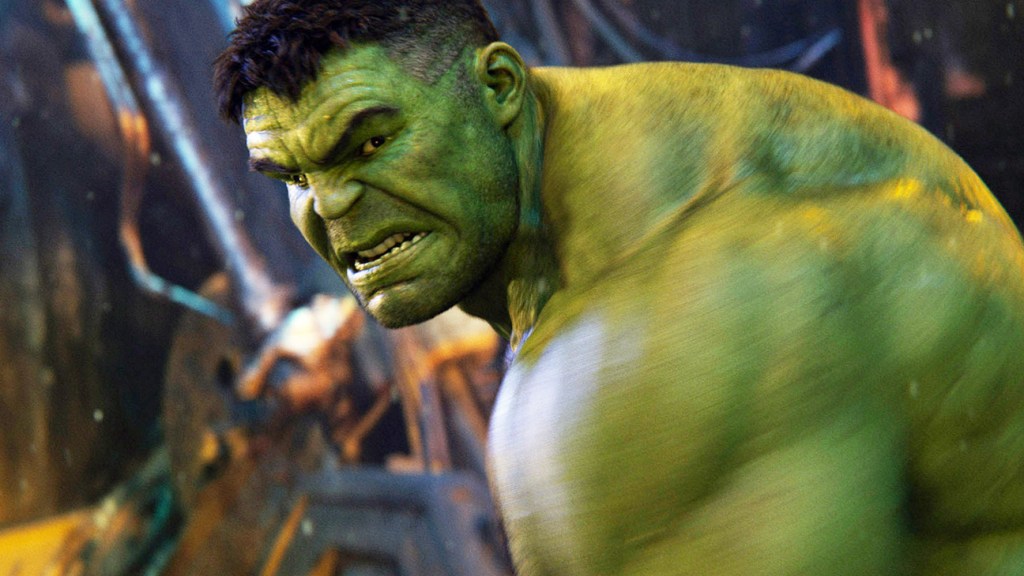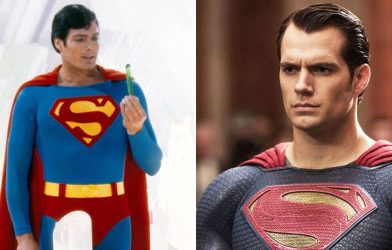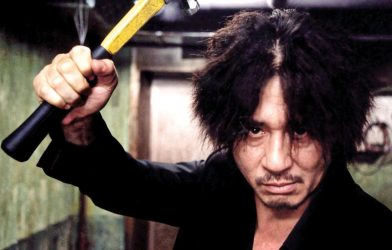
‘Avengers: Infinity War’
Marvel/Walt Disney Studios Motion Pictures/Courtesy Everett Collection
The Walt Disney company has fended off allegations in a case that’s a part of long-running litigation at the intersection of Hollywood and Silicon Valley over the use of allegedly stolen VFX technology to animate some of the company’s most iconic characters in its highest-grossing movies.
A federal judge on Thursday dismissed copyright infringement claims from Rearden, finding that it could not substantiate allegations that its lauded VFX technology was broadly used in the creation of Avengers: Infinity War and Avengers: Endgame. The court deferred ruling on whether Disney infringed on the VFX firm’s patents.
At the center of the case: Allegations that DD3, the company Disney teamed up with on movies such as Beauty and the Beast, Guardians of the Galaxy and multiple Avengers installments, may not have owned the tech that allegedly played a substantial role in the production of the films. A complicated chain of title, which involved a bankruptcy and a fraudulent sale, effectively led to confusion around ownership and licensures of MOVA Contour Reality Capture.
Last year, an Oakland jury found that Disney infringed on Rearden’s intellectual property when it used copyrighted technology to animate characters in Beauty and the Beast. The payout, however, was minimal, with jurors awarding the company roughly $600,000 after finding that Disney knew it may have been improperly using MOVA Contour but continued to use it regardless. Part of the verdict, nearly $350,000, was meant to claw back profits attributed to use of the tech. Disney stood to lose more than $100 million in the case under allegations that the movie’s box office success was due to VFX work performed by MOVA.
Still left undecided are claims that Disney is liable for vicarious and contributory copyright infringement, as well as patent infringement, for alleged use of the tech in Avengers: Infinity War and Avengers: Endgame. Massive damages are on the table, with Disney facing the prospecting of having to forfeit profits from the movies, which have collectively grossed more than $6 billion.
The copyright infringement claims turned on the degree of MOVA’s contribution to the movies.
Tigar last year dismissed the suit from Rearden, concluding that the company couldn’t back up its claims of copyright and patent infringement due to the absence of evidence that its VFX technology did most of the work in creating certain CG characters. The directors may be the “authors of the results of the facial motion capture,” he found.
In an amended complaint, Rearden pointed to new evidence through which it alleged that DD3 had a computer file of a capture of Mark Ruffalo, who played the Hulk in the Avengers installments, containing “substantial amounts of copied MOVA source code covered by Rearden’s copyright” in the software.
Tigar wasn’t convinced that Rearden substantiated allegations that the file was used to animate the Hulk. He stressed that Rearden failed to identify the date of the file’s creation or other indications of its purpose in the creation of the movies.
Rearden’s arguments “do not sufficiently support a plausible inference that DD3 operated MOVA or copied MOVA source code into output files such that MOVA was ‘broadly used in the creation of Infinity War and Endgame,’” the order stated.
Because Rearden’s new allegations are insufficient to back up claims that DD3 engaged in direct copyright infringement, Tigar concluded that Disney can’t be held liable at this stage of litigation for secondary copyright infringement claims. He also said that he’d rule on whether to allow patent infringement claims after a process in which the court determines the scope and meaning of a patent’s claims.
The judge allowed Rearden one more opportunity to amend its complaint to repair the copyright infringement claims as Rearden still hasn’t received certain documents in DD3’s possession. “The Court will therefore grant Rearden one final chance to amend its copyright infringement claim, wherein Rearden must be willing to make [its] averments without caveat and/or with additional detail explaining the basis of [its] beliefs,” he wrote.









